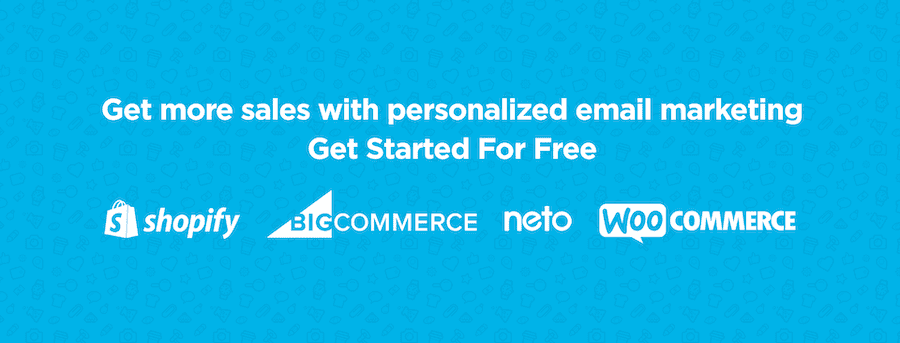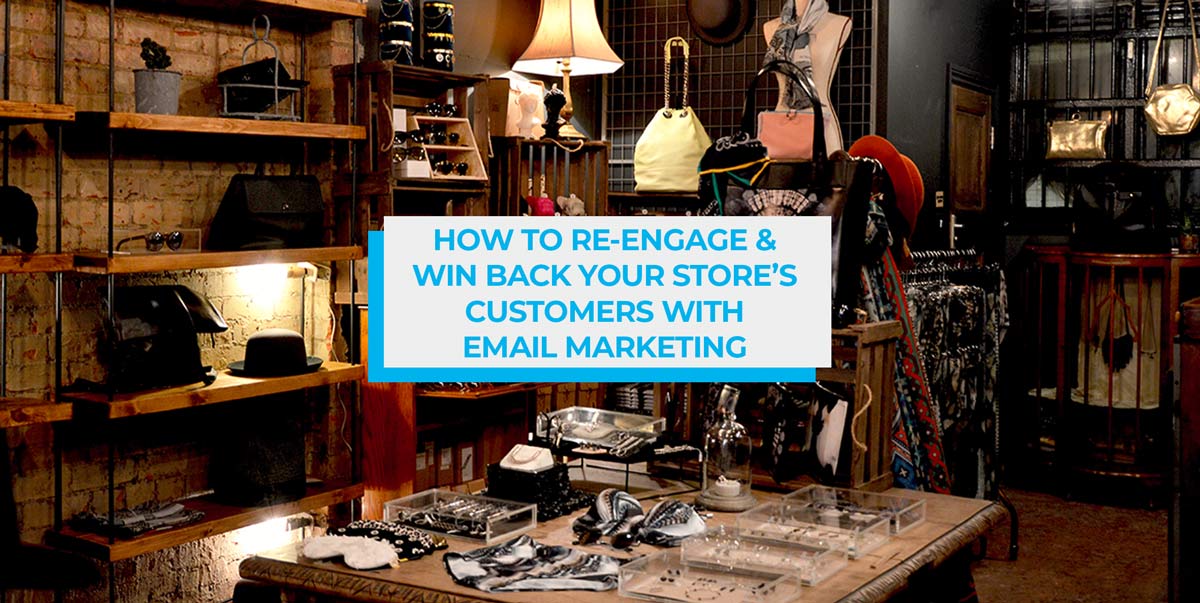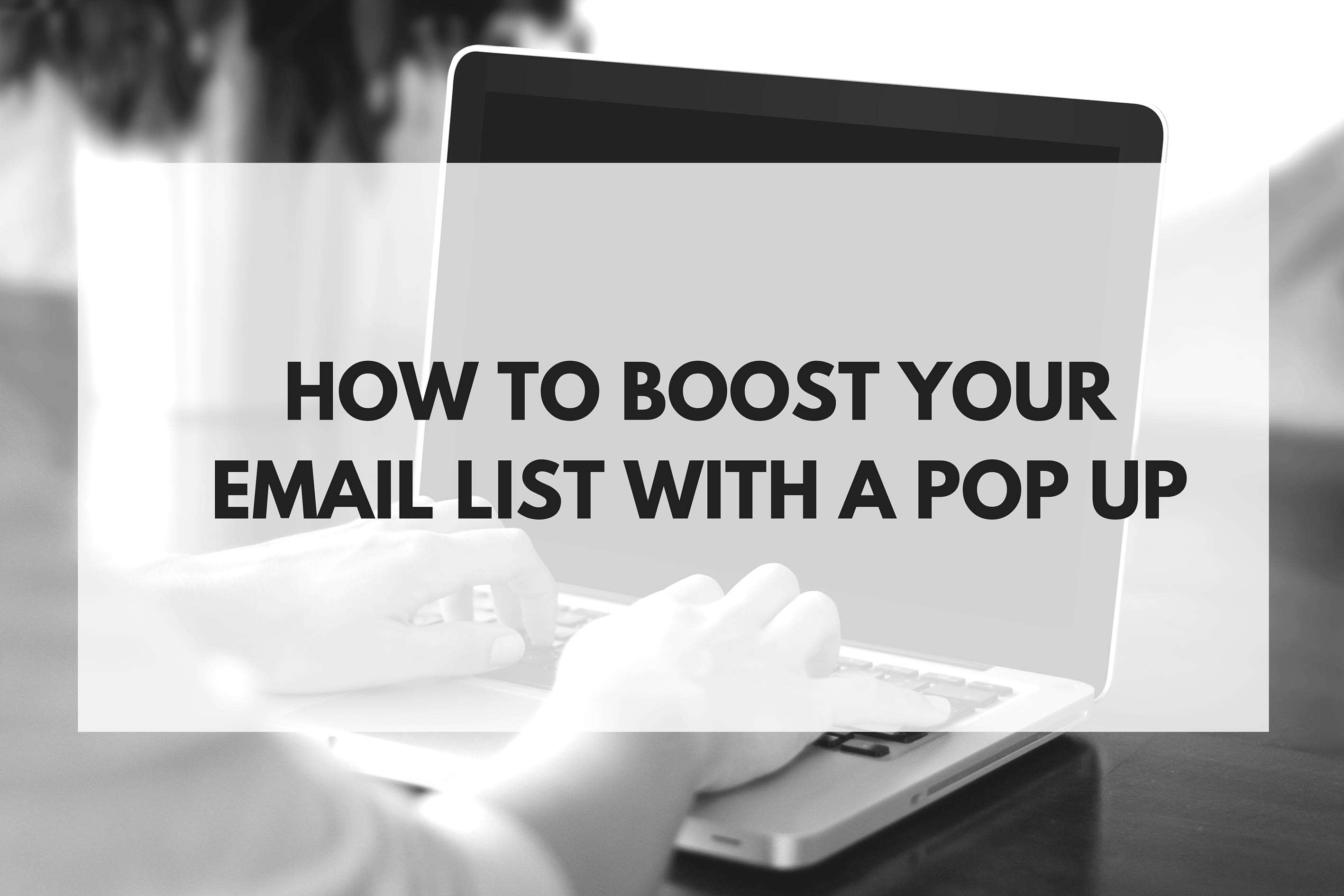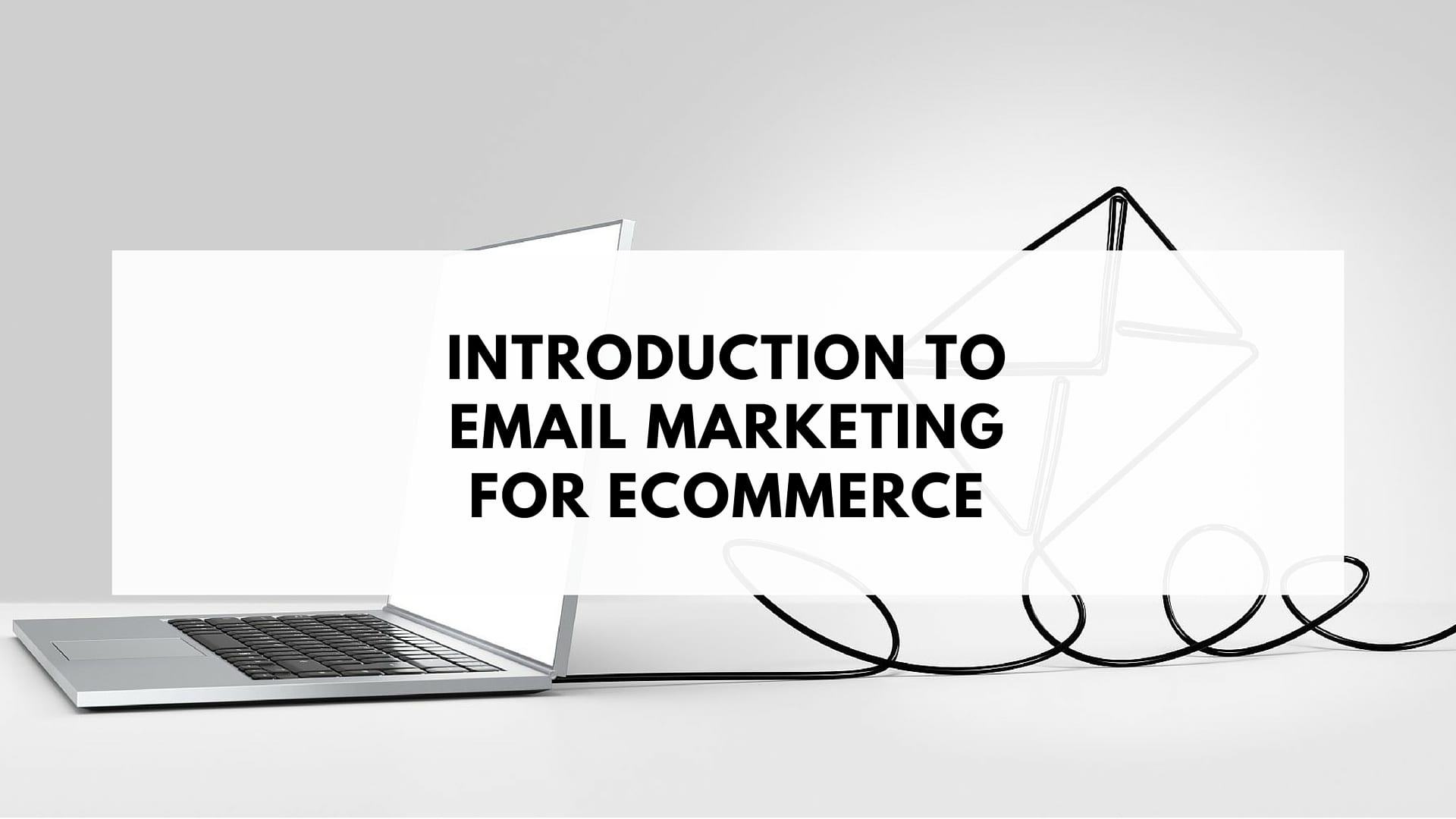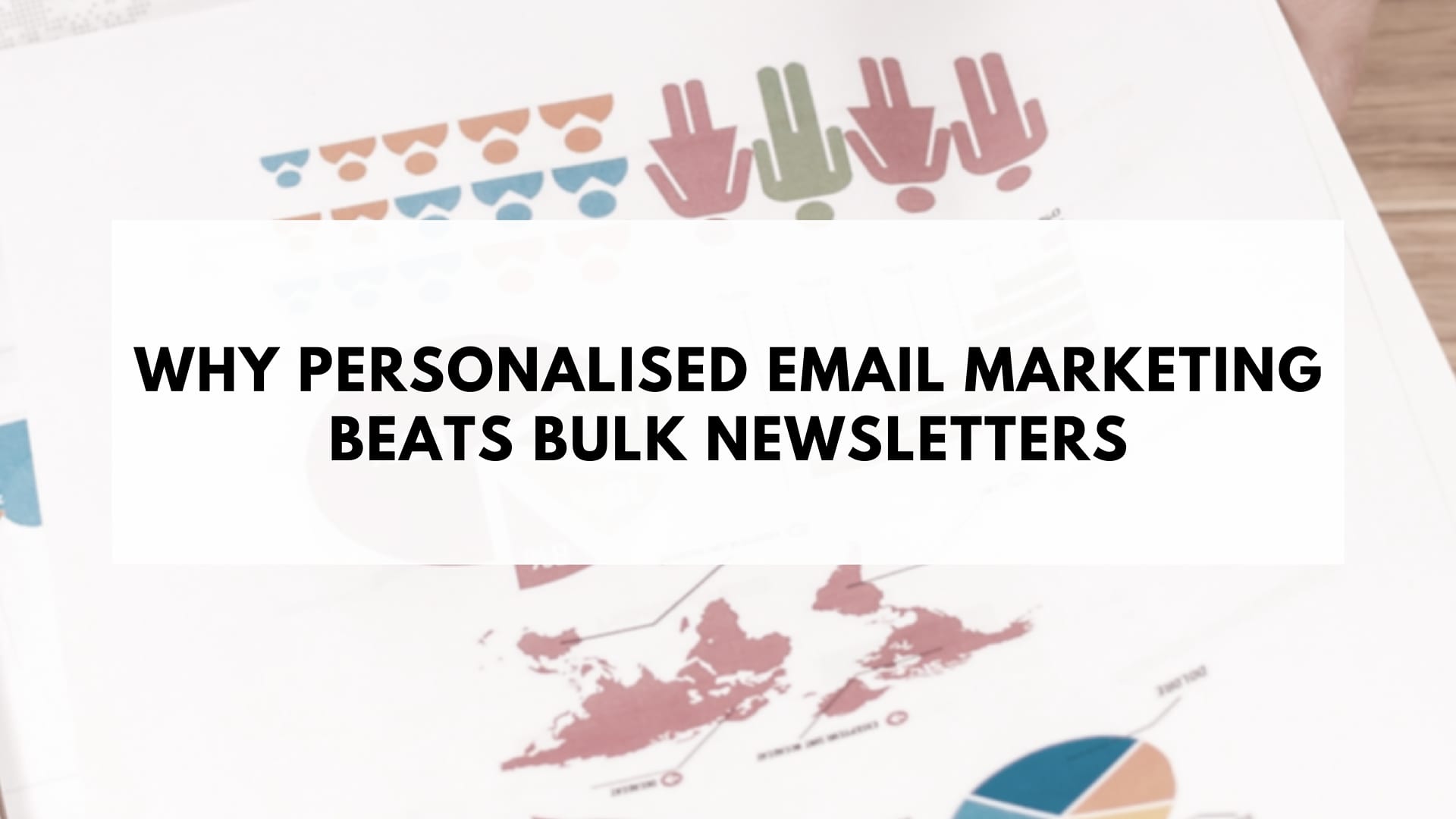Be it work, family, hobbies, Pokémon Go, or [insert any number of life’s distractions here], a good portion of your customers will stop reading your emails and visiting your online store.
It may be after their first order, after a month, or after a few years.
You’ll be left with two options at this point:
- Do nothing and let them get away
- Re-engage with inactive customers and win them back through email marketing
If you’re reading this blog post and are serious about growing your business, I’m going to assume you want to implement the second option.
In the next four minutes, I am going to show you how to correctly segment inactive customers, what emails to send them, and what to do with customers who fail to engage with you completely.
Segment your inactive customers
The first step is to segment your email list and isolate customers who have not done the following things:
- Purchased from your store within a certain time frame
- Opened any of your last X emails
Time frame and total amount of unopened emails are variables, meaning that every business will work on unique time frames and unopened emails based on how many emails they send per month and how often customers repeat order.
To find the right time frame, look into your sales data and see how regularly your customers order. For example, if you’re an online grocery service, you may find your typical customer orders every seven days, whereas if you’re a clothing retailer, customers may order once per month or bi-monthly.
If I were running an online grocery store where my customers order once per week, then if a customer had not placed an order within 40 days, I would consider them inactive and place them in my re-engagement list. For a clothing store where customers on average order once per month, I’d consider them inactive after three months of no orders.
Each business is different, and you’ll have to define your user inactivity based on how average customers order, how often they need a new version of your product, and your email frequency.
Don’t make the activity period too long that they forget about your business completely.
Note: You will need to test around a little when deciding a time frame to qualify a subscriber as inactive to see which frequency is ideal for your business.
You’ll also be able to filter your list by email opens. If a customer has not opened any of your last 10 or so emails, then it’s safe to say you’ve lost their engagement and they are now inactive.
Segment your inactive list into categories
If you manage a large email list or have a number of customer profiles, you must further segment inactive customers into different categories to ensure they receive the right personalized re-engagement campaign.
For example, if you run an online clothing store, you may want to categorize your inactive customers by:
- gender
- item purchased
- brand/collection purchased
This categorization will allow you to personalize your re-engagement emails to win back more customers; customers who love shoes can be sent a unique offer about shoes, for example, or customers who buy a particular fashion brand can be given a voucher for that brand, and so on.
Each category should have its own re-engagement email series. Mass blasting your inactive customers with an annoying, un-personalized, generic email is not how you win them back.
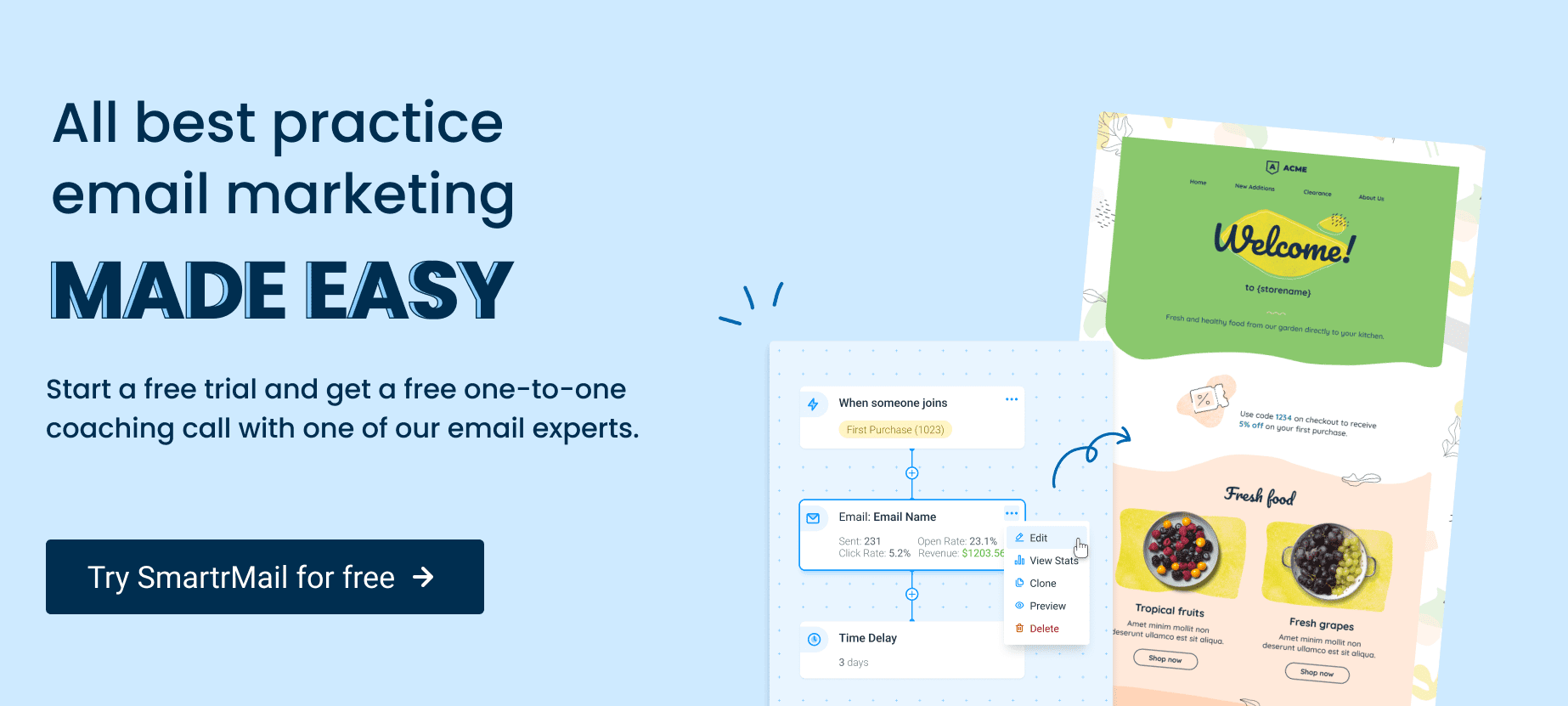
Types of emails to send
Studies show that, on average, only 24% of your disengaged customers will open your first re-engagement email, but as many as 45% will read emails sent thereafter.
What this tells us is that a re-engagement campaign shouldn’t just be a single email, but a series of emails to re-ignite lost customers.
Here is a simple three-step template you can use to create your next reengagement campaign:
Step 1: The offer – Return Path found that offering customers a discount or a percentage off their order were twice as successful as re-engagement emails that didn’t contain any kind of offer.
There’s a high probability that some of your inactive customers are using a competitor or their email inbox is continually being bombarded and you have lost their interest.
A personalized offer is the easiest way to grab their attention back and nudge them off the fence to turn them into a paying customer. Come up with a relevant offer for each category of customers that will urge them to take action.
The offer can be a percentage off their order, a fixed amount, or a free trial of your product or service.
Here’s an email from Blue Apron sent to inactive customers offering them 50% off in they order within the next 24 hours:
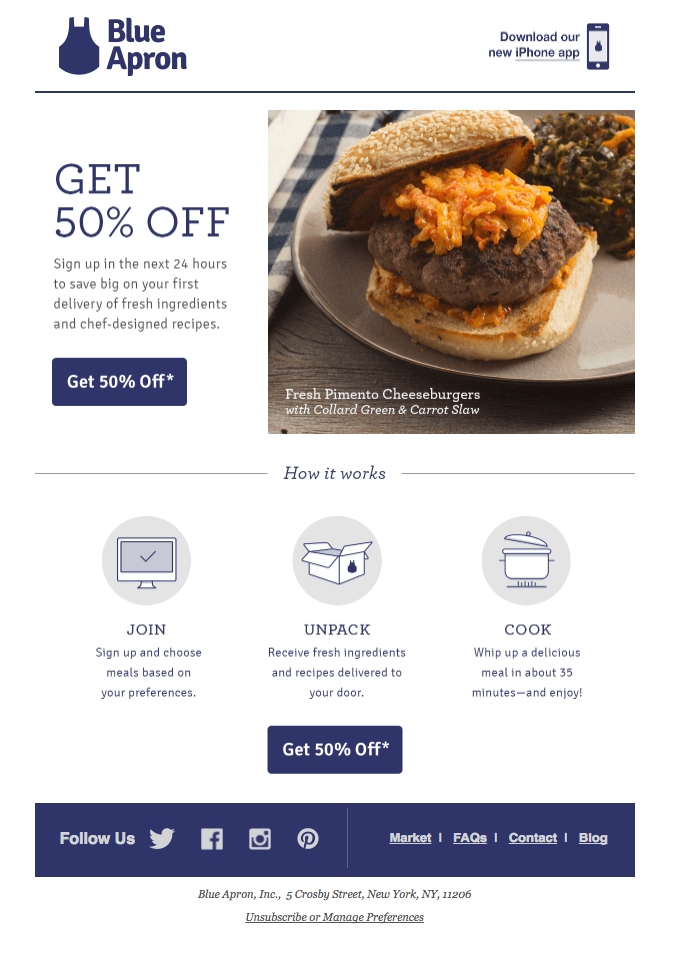
The value proposition is clearly stated in the email and the time construct (24 hours) encourages inactive customers to act now or lose out on 50% discount.
Here’s another win-back email from Paleo Robbie, a food delivery service, offering inactive customers a voucher to kick-start their healthy eating in January:
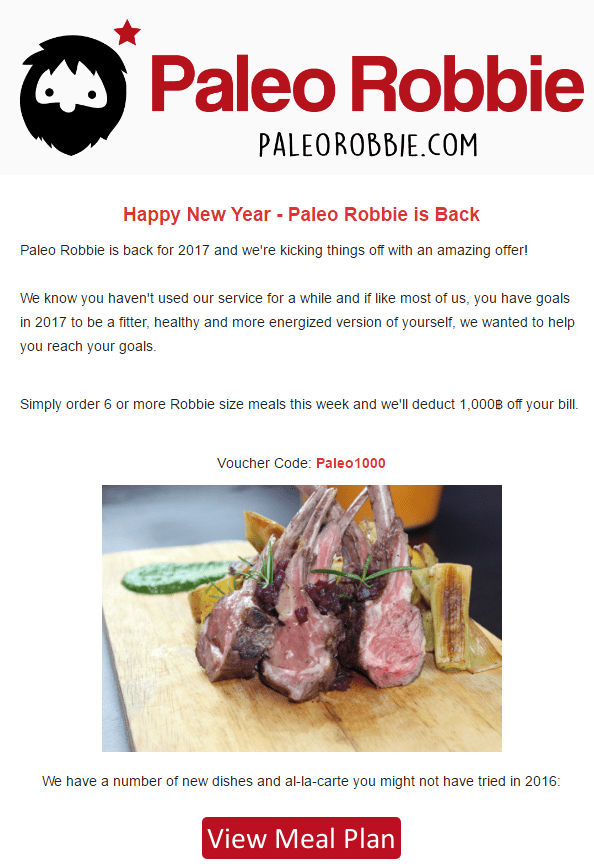
This win-back email works because it was sent at the start of the year, at a time when many of us set health-related New Year’s resolutions.
Tip: Since only 24% of users will open your first re-engagement email, you can re-segment the other 76% in your list and send them a similar email, with a new subject line and some fresh content detailing your same offer.
Wait at least 3 days before doing this to give inactive customers a chance to read your original email.
Any inactive customer who takes action and redeems your offer should be placed back into your active email list and they should not receive any more re-engagement emails.
Step 2: The pivot – You’ve sent two different emails to customers with personalized offers and they’ve failed to take action on either.
Now it’s time to pivot your message and focus on showing them the value they are missing by not using your product.
Chain Reaction Cycles do this by sending customers five compelling reasons why they should come back, listing their USPs and giving customers a £10 discount off their next order.
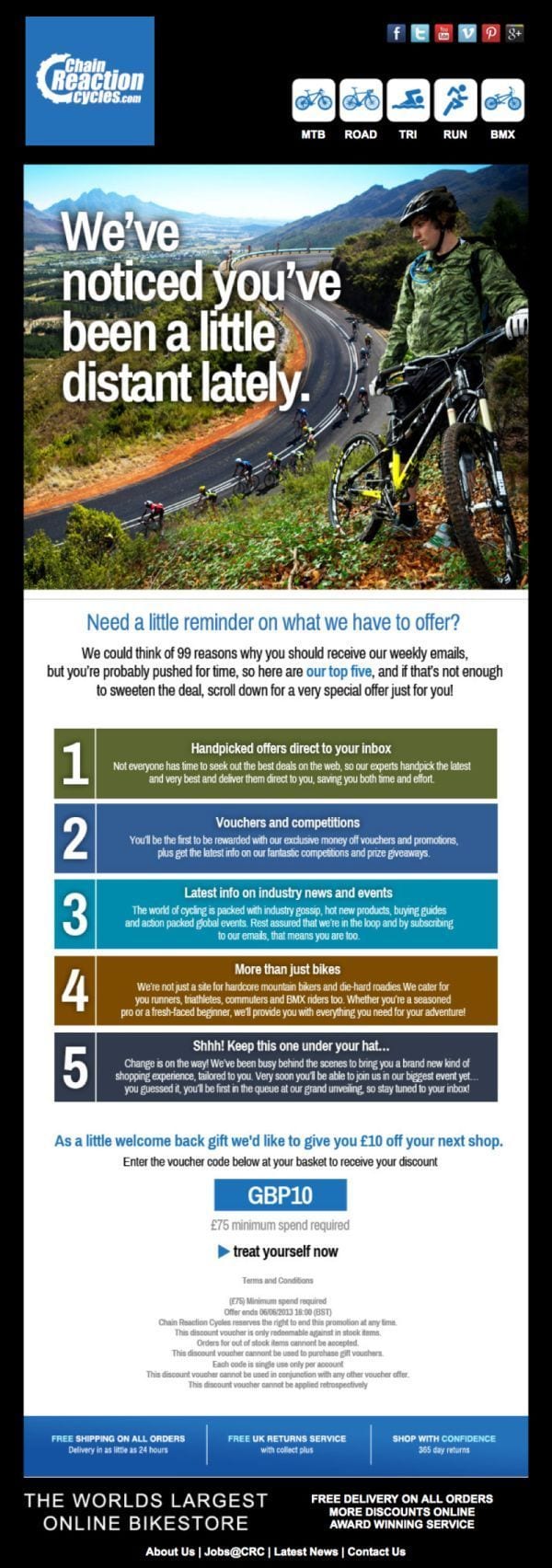
You can send inactive customers testimonials, good press you’ve received, or even content such as blog posts or videos to emphasize the value of your products and get them spending again.
Tip: Just like in Step 1, you can create two or more emails. For example, the first email will show your unique USPs and the second email will take customers to a blog post or customer reviews.
Step 3: Purge the dead wood – No matter what methods you try, you won’t be able to re-engage all your inactive customers, and that’s okay.
Customers come and go, so to ensure your email list is responsive and deliverability is at its highest, inform all inactive customers that you’re deleting them from your newsletter and give them the option to re-subscribe.
Bath and Body Works send all inactive customers a final email letting them know they are going to be removed from their newsletter.
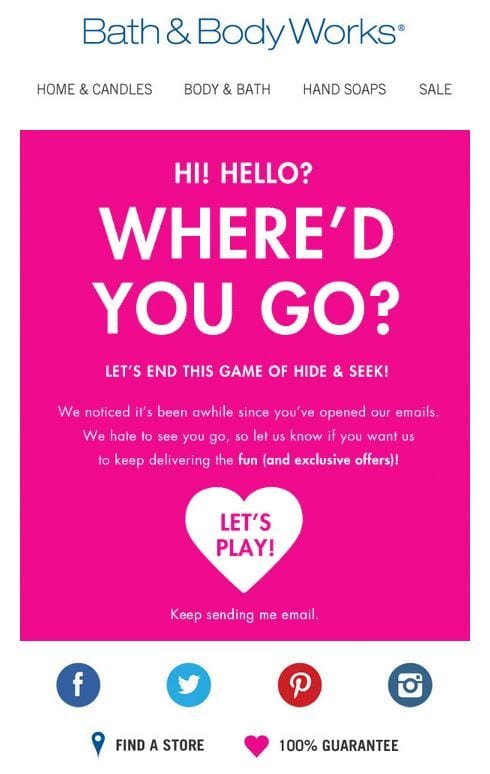
AirAsia also employ the same tactic, using humor to win customers back.
Sending emails to customers who aren’t engaging is like beating a dead horse: it only damages your email performance and skews your email metrics.
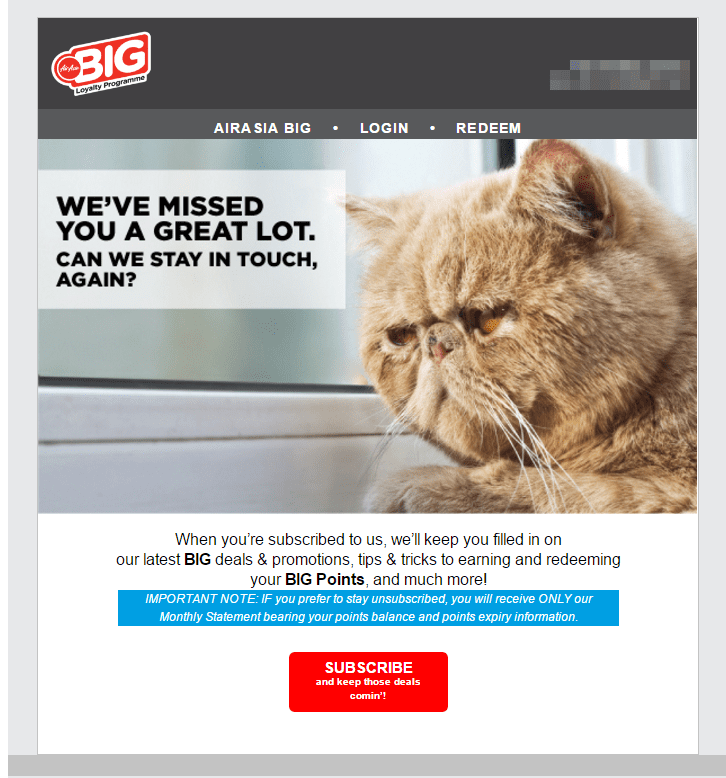
Sign-up to our newsletter and receive a 30% discount on your first 6 months with SmartrMail
When to send your emails
The timing of your re-engagement emails is crucial.
You don’t want to make the mistake of sending them at the same time or day as your regular campaigns. Inactive customers have shown signs that they are tired of your content, and so it’s time to mix things up.
Here are a few things you should consider when deciding on when to send your emails:
Show me the money – Most people get paid at the end of the month, so disposable income is high and many are looking for an excuse to spend money. If your business doesn’t have seasonal offers (mentioned below), consider sending out your re-engagement emails at the end of each month when the majority of people receive their salary.
Seasonal holidays – It is extremely useful to leverage seasonal holidays if you sell seasonable products. For example, retail clothing brands will have spring, summer, fall, and winter product lines, whereas electronics brands look forward to Cyber Monday, Thanksgiving, Easter, and Christmas.
If your niche has enough holidays throughout the year, tie in a holiday with a great personalized offer when sending your emails to make the biggest impact, like Paleo Robbie in the example above.
Day – If none of the above fit your business model, according to Co Schedule, Tuesday is the best day to send emails.
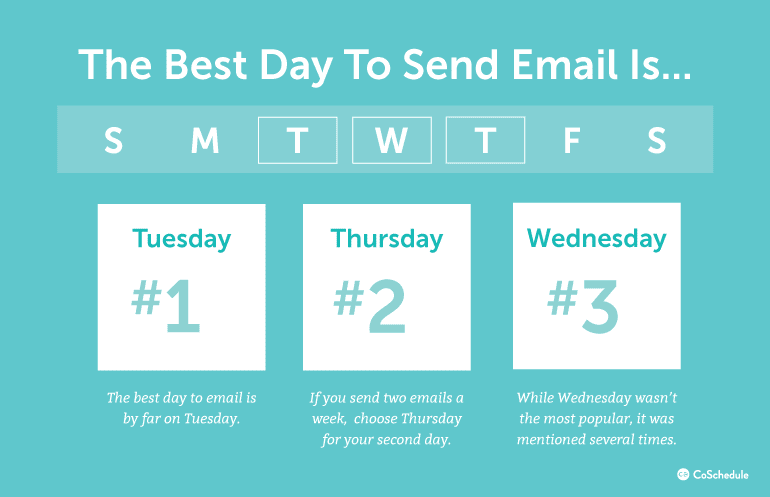
I don’t advise sending re-engagement emails on a Monday because most people go back to work with an inbox full of emails. The first thing they do is delete all the emails that aren’t relevant to their needs and focus only on the most important.
If you already send your regular emails on a Tuesday, then go with Thursday instead, which was voted the second best day.
What to do if you cannot engage with your list
Gmail, Hotmail, Yahoo! and other inbox service providers (ISPs) have made it easier for your subscribers to block your emails without actually unsubscribing from your newsletter.
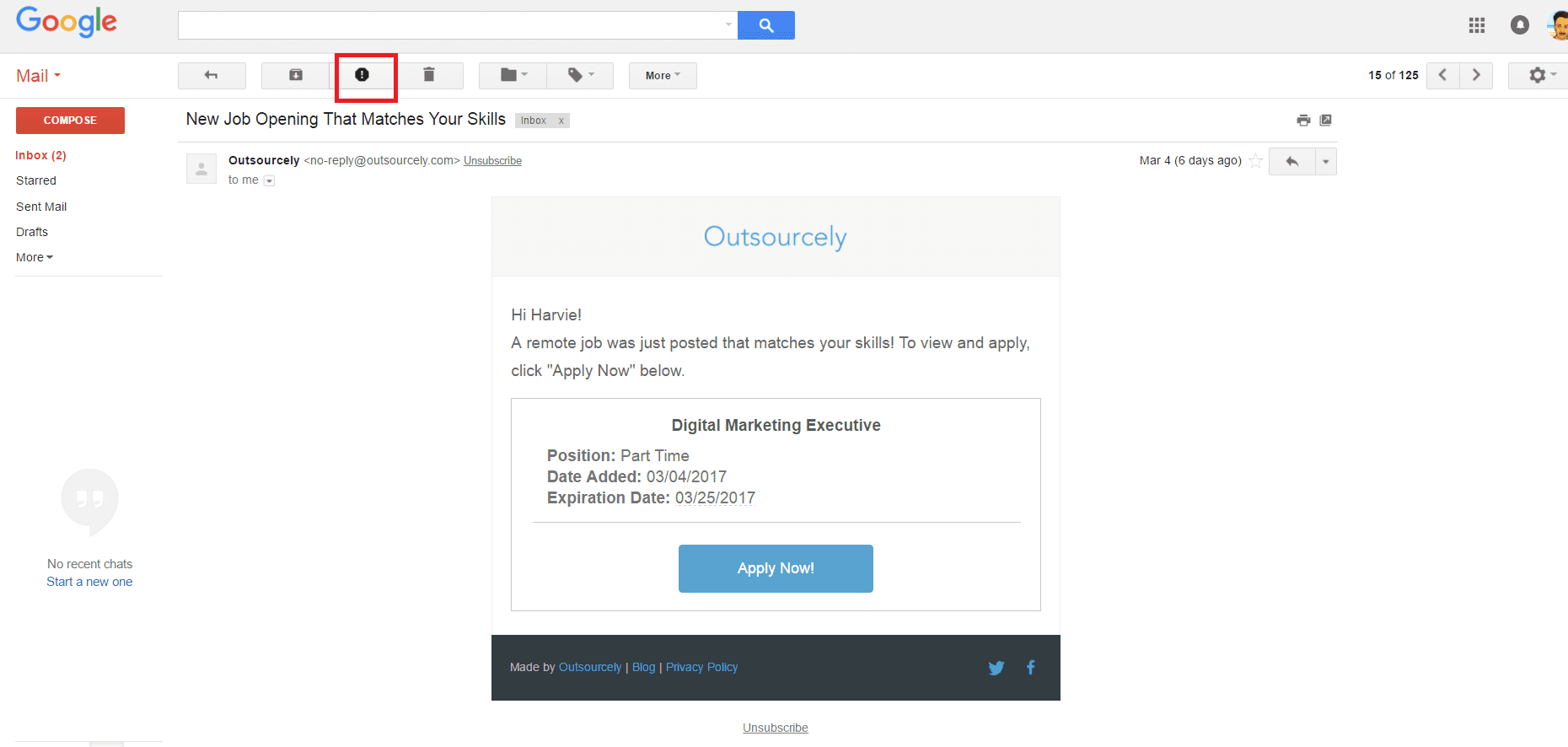
If a customer marks your email as spam, all future emails will be redirected to their spam folder without you ever knowing.
Gmail and all the other major ISPs want to see evidence that your subscribers love recieving your emails, which means they open and read them. Continued sending to an address that hasn’t opened a significant amount of campaigns in row due to being uninterested or marking your messages as spam is proof that you’re not regularly cleaning your list and will damage deliverability for your when sending to your present and FUTURE subscribers!
As long as the user is still subscribed to your email list, you have one final way to re-engage with them: Facebook.
Using Facebook custom audiences, you can upload your inactive email list and serve them the exact message in your re-engagement campaign through Facebook ads.
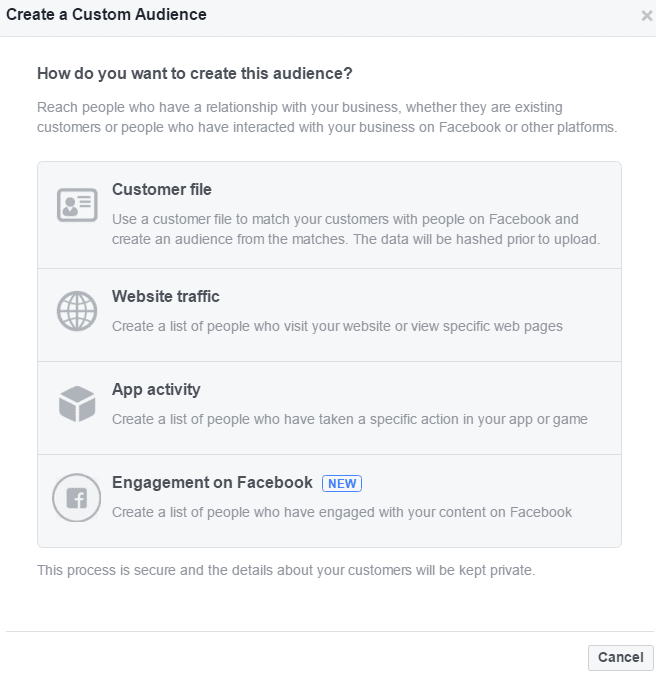
Create a page on your website with the same content as your emails to serve to your inactive customer list. With the average Facebook user spending 50 minutes per day on the platform, its a great way to reach subscribers who may not be reading your emails.
Note: Facebook ads require marketing capital – you’re charged per click or per 1,000 impressions. Inactive customer lists under 5,000 people won’t usually require more than $50 in ad spend to reach them. You can also do the same with Google Ads, but it’s much more difficult to get your message across through display ads.
Your turn
Although you will spend a lot of time, money, and effort building an active email list, no matter what you do, customers will at some point stop engaging.
Marketing Sherpa believe that 75% of an email list, on average, is inactive – that’s a lot of locked up revenue in your list that can be cracked open with the right email techniques.
The best thing about a re-engagement campaign is that once it is set up, everything can be automated using SmartrMail. You write the emails once, set the parameters to define your inactive customers, and then let SmartrMail do the rest.
When was the last time you ran a re-engagement campaign for old customers? Better yet, how much money are you leaving in your email list?
